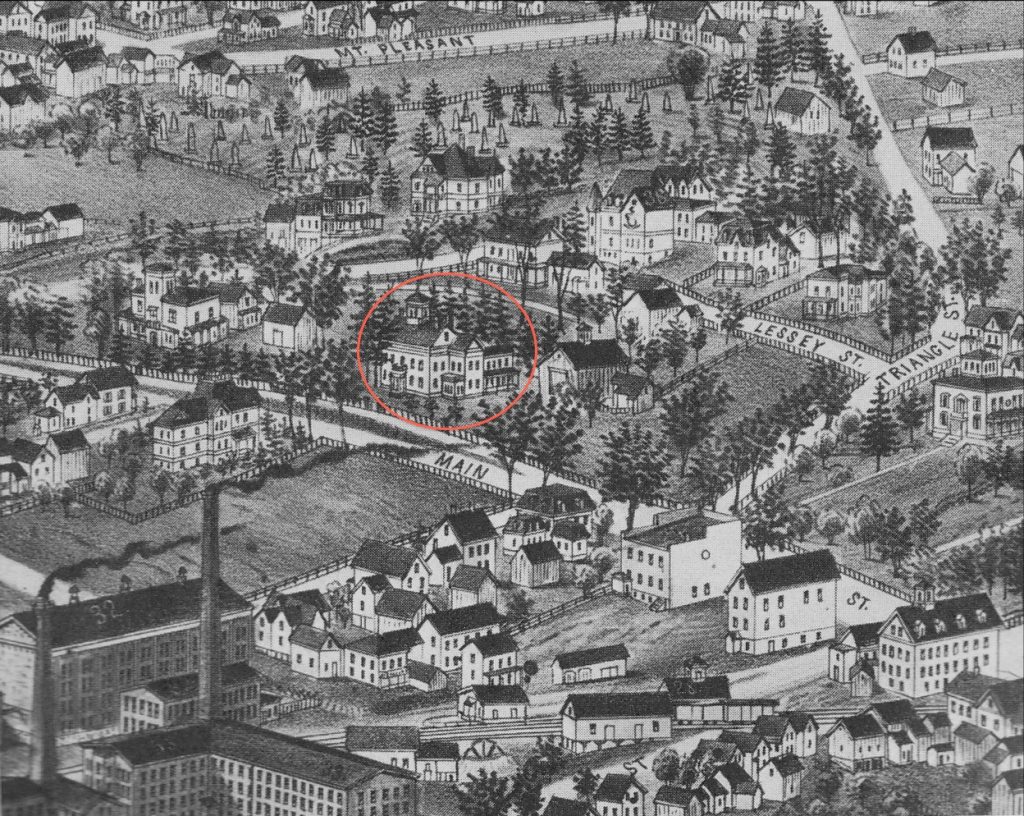bike: 30 minutes
basement
run: 1.15 miles
outside: 7 degrees / feels like -10
A short run today because I’ve run every day this week so far, and because it’s windy and snowy and cold outside. Watched the first 20 minutes of Jennifer Lawrence’s comedy, No Hard Feelings, while I biked. I like her and I’m finding this movie funny so far. I listened to Taylor Swift’s Reputation while I ran. Tried out my new bright yellow shoes for the first time. I like how they feel and how they look. Quite possibly they will be the shoes I wear when I run the marathon next October. I don’t remember thinking about much as I ran — I focused on my arm swing and staying relaxed and lifting my hips. We turned the treadmill the other way a few months ago so now I won’t see my inverted moon on the dark window anymore. What strange image will replace it? I don’t remember any today. But I’ll have to look for one the next time I run on the treadmill, which will probably be on Monday; it might be arctic hellscape cold then.
Emily Dickinson’s Windows
Here are some useful ideas from an article — Emily Dickinson’s Windows — I found yesterday, which seems to be an extended version of an article I read a few days ago:
- creative freedom
- architectural prop: By my Window, The Angle of a Landscape
- her envelope poems resembled a window with curtains
- a magic lens — the warped quality of 19th century windows: the world let loose, nature liquefied — her practice of looking/writing — up and out the window/down at the paper — descriptions as incremental fragments (A Slash of Blue! A Sweep of Gray!)
- the window grid creates a pattern — 12 panes — reflected in the formal structure of her poems (degrees, steps, notches, plunges) — each word, line, or stanza is well-defined slot/pane that spotlights an image/emotional state/quality of experience — ’Tis this – invites – appalls – endows – Flits – glimmers – proves – dissolves – Returns – suggests – convicts – enchants Then – flings in Paradise – (Fr 285)
- an act of undoing in each pane — nature loosening up (a neat frame in a formless center)
- each pane a diagram of rapture
- looking through/touching the glass, she connected with the artisans who made it, who left evidence of their labor –warps and striations that were once the artisan’s breath (windows made through glass blowing? wow)
- glass blowing and imagery of fiery furnaces, metal flames, boiling, white heat
- mid 19th century — glass consciousness
- ED’s poems as her own form of glass blowing — creative process of transforming words into poems = making sand into glass into windows
the window grid creates a pattern — 12 panes — reflected in the formal structure of her poems (degrees, steps, notches, plunges) — ’Tis this – invites – appalls – endows – Flits – glimmers – proves – dissolves – Returns – suggests – convicts – enchants Then – flings in Paradise – (Fr 285)
I love this idea of how the windows influenced the form of her writing. Also, the combination of the orderliness/structure of the frame and the unruliness/undoing-ness of her words. It might be fun to use my windows — 2 sets with 2 panes each, a bar in-between the windows, one set in front, one to my right side — as the structure for a few experiments. As I write this, I’m thinking about Victoria Chang’s truck moving across each window frame and Wendell Berry’s black criss-crossed frame.
Here’s a wonderful ED poem that is mentioned in the article:
By my Window have I for Scenery (797) / Emily Dickinson
By my Window have I for Scenery
Just a Sea—with a Stem—
If the Bird and the Farmer—deem it a “Pine”—
The Opinion will serve—for them—
It has no Port, nor a “Line”—but the Jays—
That split their route to the Sky—
Or a Squirrel, whose giddy Peninsula
May be easier reached—this way—
For Inlands—the Earth is the under side—
And the upper side—is the Sun—
And its Commerce—if Commerce it have—
Of Spice—I infer from the Odors borne—
Of its Voice—to affirm—when the Wind is within—
Can the Dumb—define the Divine?
The Definition of Melody—is—
That Definition is none—
It—suggests to our Faith—
They—suggest to our Sight—
When the latter—is put away
I shall meet with Conviction I somewhere met
That Immortality—
Was the Pine at my Window a “Fellow
Of the Royal” Infinity?
Apprehensions—are God’s introductions—
To be hallowed—accordingly—
The pine tree as a sea with a stem? I love this idea!
